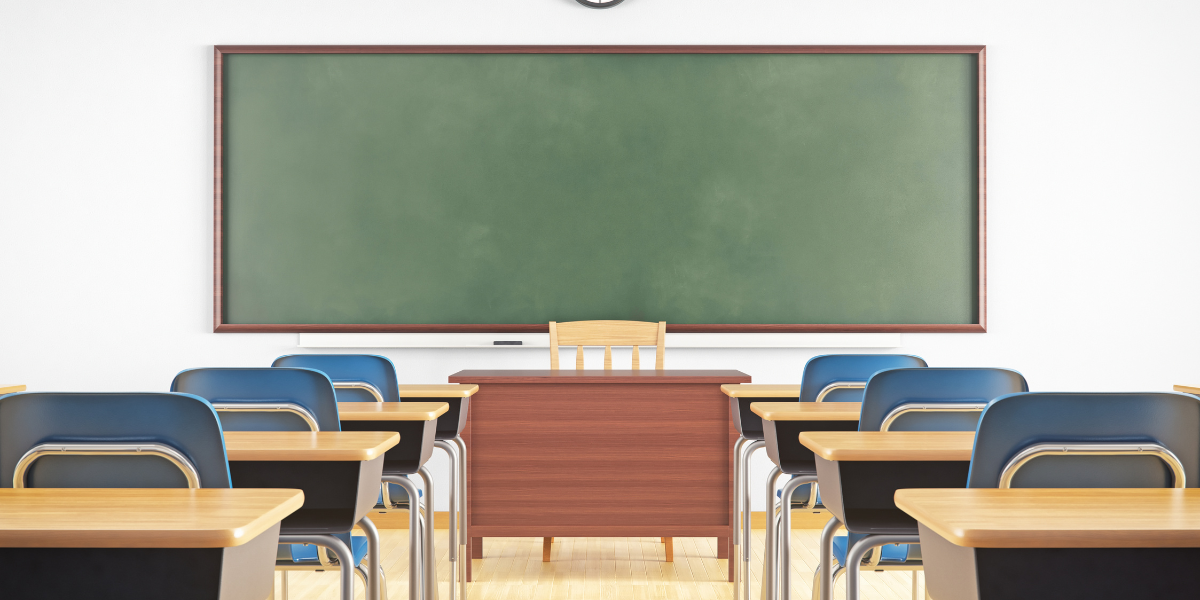Introduction
Creating a conducive learning environment is crucial for student success. Among the various factors that contribute to this environment, classroom furniture plays a significant role. The right furniture for classroom settings can significantly influence students’ ability to focus, collaborate, and engage in learning activities.
Understanding the Needs of Students
Ergonomics and Student Health
Students spend a large portion of their day sitting at desks. Ergonomically designed classroom furniture helps in maintaining proper posture, reducing physical strain, and preventing long-term health issues.
Age-Appropriate Furniture
Different age groups have different needs. Furniture designed for younger children should be different from that for teenagers, accommodating their varying sizes and developmental stages.
Types of Classroom Furniture
Desks and Chairs
Traditional desks and chairs are essential, but modern designs focus on flexibility and comfort. Adjustable desks and chairs can cater to students of different heights and body types, enhancing comfort and focus.
Storage Solutions
Efficient storage solutions help keep the classroom organized. Lockers, cubbies, and shelves ensure that materials are easily accessible and the learning space remains clutter-free.
Collaborative Furniture
Group work is an integral part of modern education. Tables and seating arrangements that facilitate collaboration can foster teamwork and communication skills among students.
Technology-Integrated Furniture
With the rise of digital learning tools, furniture that integrates technology, like desks with built-in charging stations or spaces for tablets, is becoming increasingly important.
Impact of Furniture on Learning
Enhancing Focus and Attention
Comfortable and well-designed furniture reduces distractions and physical discomfort, allowing students to concentrate better on their lessons.
Promoting Collaboration
Furniture that can be easily rearranged for group activities encourages collaboration and interaction, which are key components of effective learning.
Encouraging Movement and Flexibility
Flexible seating options, such as standing desks or movable chairs, allow students to change their positions throughout the day, promoting physical activity and reducing fatigue.
Ergonomics and Comfort
Benefits of Ergonomic Furniture
Ergonomic furniture supports natural body alignment and reduces strain, which can lead to better concentration and fewer absences due to discomfort-related issues.
Case Studies and Research
Studies have shown that ergonomic furniture for classroom can improve students’ academic performance and overall well-being. Schools that have implemented ergonomic solutions report higher engagement levels and improved behavior.
Designing for Different Learning Styles
Flexible Seating Options
Providing a variety of seating options, such as bean bags, stools, and traditional chairs, caters to different learning styles and preferences, making the classroom more inclusive.
Multi-functional Furniture
Furniture that serves multiple purposes, like desks that double as storage units or chairs that can be used for both sitting and standing, maximizes space and functionality.
Safety and Durability
Importance of Safe Furniture
Safety is paramount in any school setting. Furniture should be free of sharp edges, stable, and made from non-toxic materials to ensure a safe learning environment.
Long-lasting Materials and Construction
Investing in durable furniture made from high-quality materials can save money in the long run by reducing the need for frequent replacements.
Aesthetics and Classroom Environment
Influence of Design on Mood and Motivation
The design and color of classroom furniture can significantly affect students’ mood and motivation. Bright, vibrant colors can energize the space, while softer tones can create a calming atmosphere.
Color Psychology
Understanding color psychology can help in choosing the right hues for furniture for classroom to create an environment conducive to learning.
Cost and Budget Considerations
Balancing Quality and Affordability
Finding a balance between quality and cost is crucial. High-quality furniture may have a higher upfront cost but will be more durable and provide better value over time.
Funding and Grants
Schools can explore various funding options and grants specifically aimed at improving classroom environments to offset the cost of new furniture.
Sustainability in Furniture for Classroom
Eco-friendly Materials
Choosing furniture made from sustainable materials, such as recycled plastic or responsibly sourced wood, helps reduce the environmental impact.
Sustainable Manufacturing Practices
Opting for manufacturers that follow eco-friendly practices, such as reducing waste and using renewable energy, supports a more sustainable future.
Future Trends in Classroom Furniture
Innovations and New Technologies
The future of classroom furniture is likely to include more technology integration, with smart desks and chairs that can adapt to individual student needs.
Predictions for the Future
As educational methods evolve, so will furniture for classroom, with a focus on flexibility, sustainability, and technological integration.
Conclusion
Investing in the right classroom furniture can have a profound impact on student learning and well-being. From ergonomic designs to flexible seating options, the right choices can create a dynamic and supportive learning environment.
FAQs
Q1. What are the benefits of ergonomic classroom furniture?
A1. Ergonomic furniture helps maintain proper posture, reduces physical strain, and can improve focus and concentration, leading to better academic performance.
Q2. How can classroom furniture promote collaboration?
A2. Furniture designed for easy rearrangement facilitates group work and interaction, fostering collaboration and communication skills among students.
Q3. What should schools consider when choosing furniture?
A3. Schools should consider ergonomics, durability, safety, and the ability to accommodate different learning styles when choosing furniture.
Q4. Are there cost-effective options for high-quality classroom furniture?
A4. Yes, many manufacturers offer cost-effective solutions that balance quality and affordability. Schools can also explore funding options and grants to support their purchases.
A5. How does the design of classroom furniture impact student learning?
The design and comfort of classroom furniture can significantly affect students’ ability to focus, their motivation, and overall engagement in learning activities.


